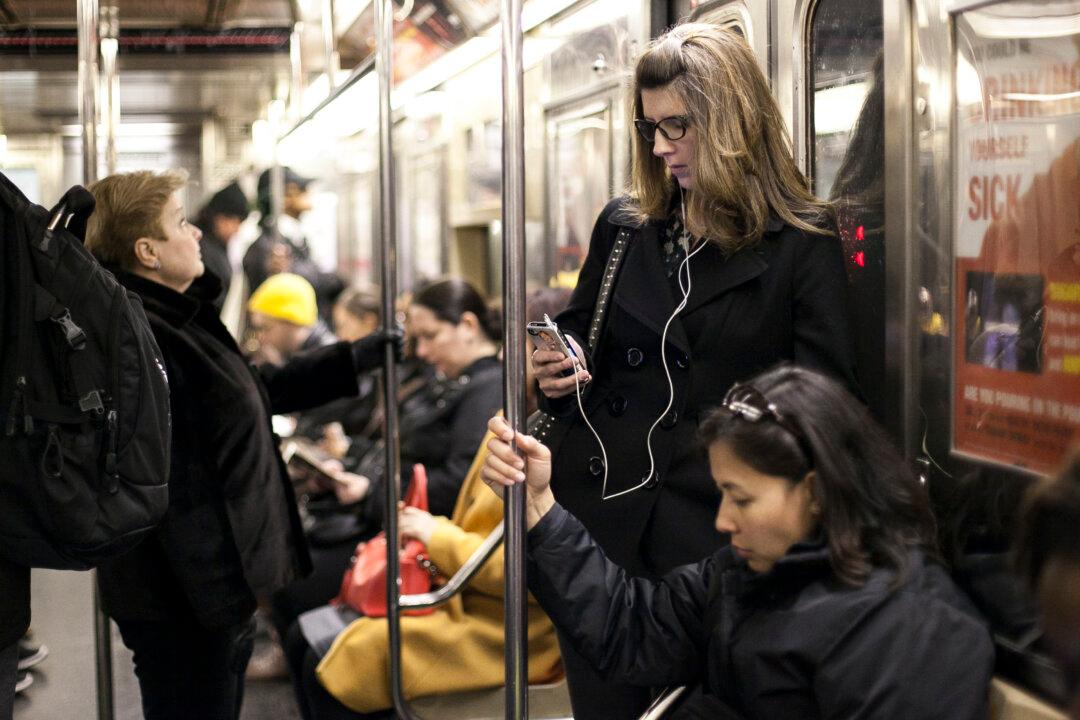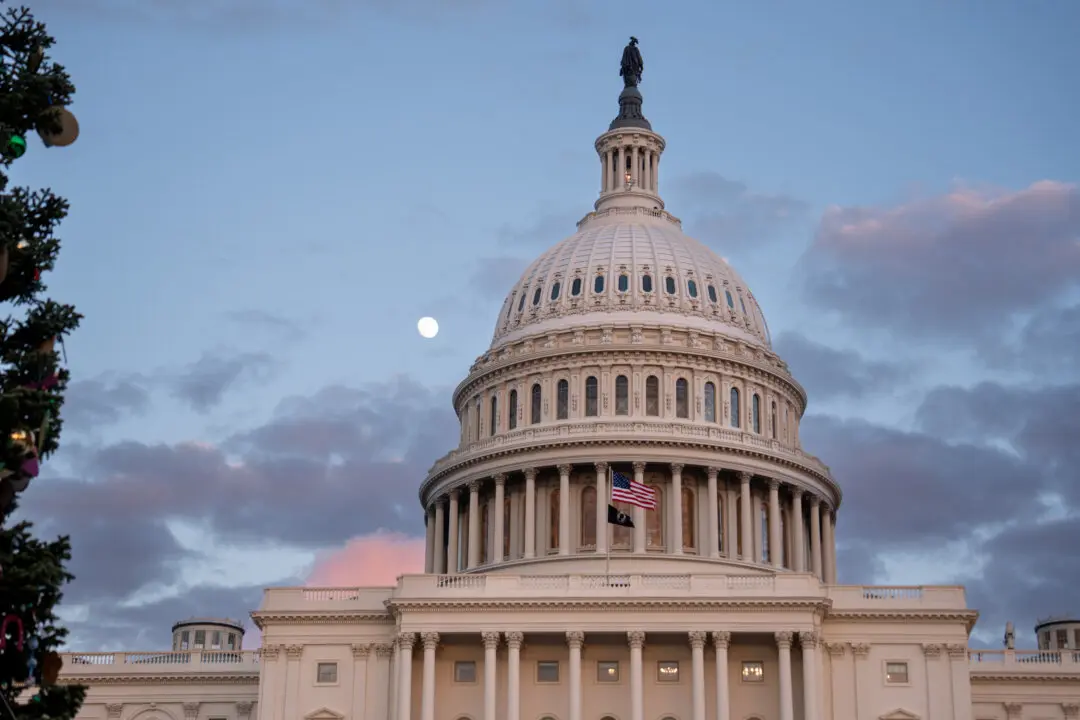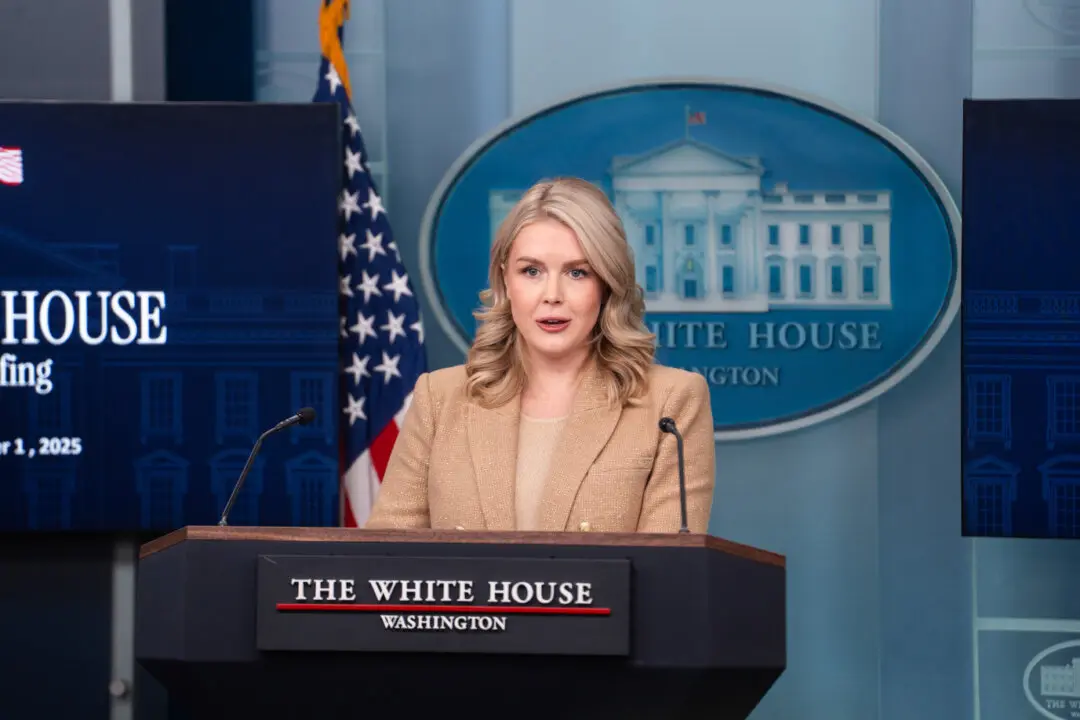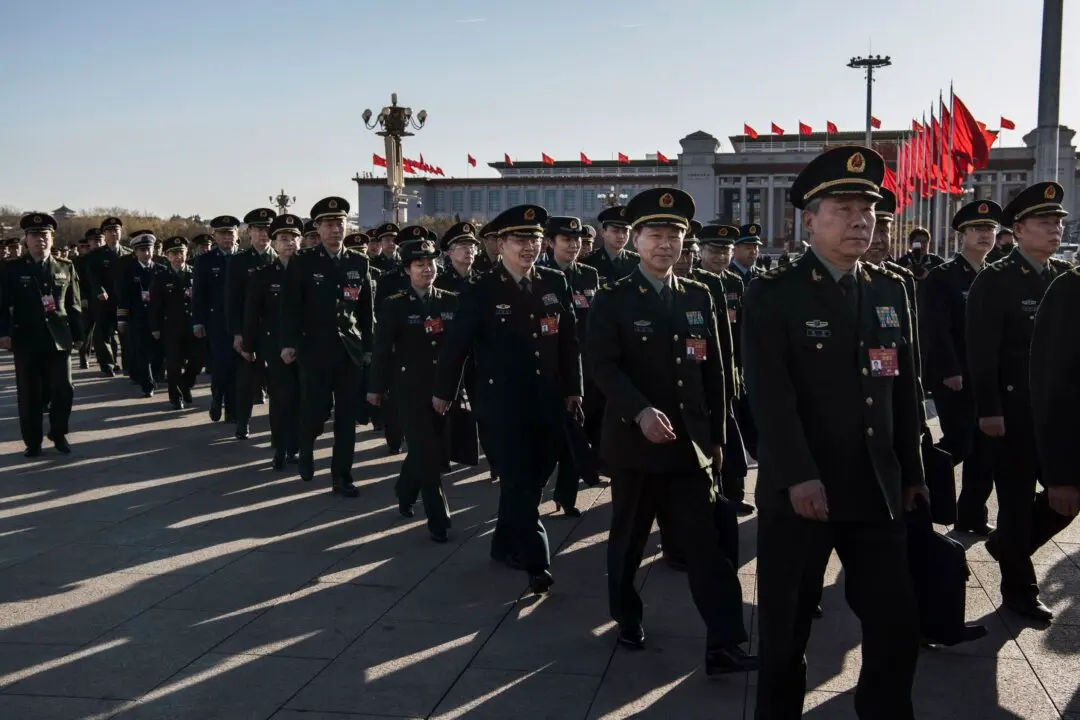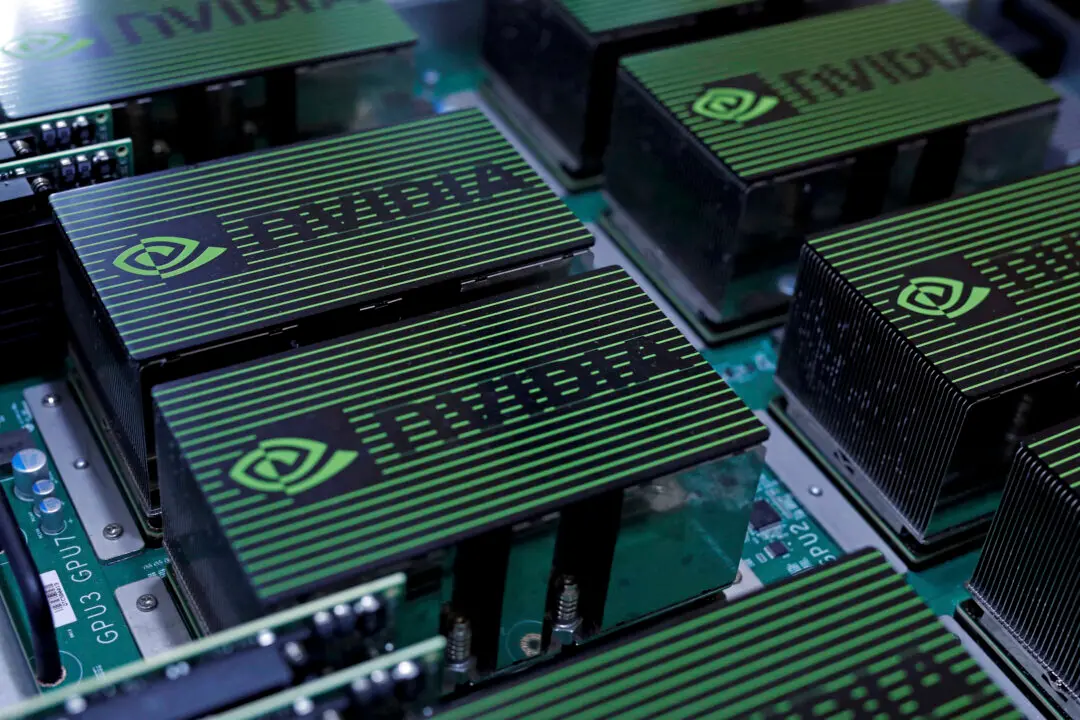The 7 train running between Times Square and Main Street, Flushing in Queens has been ranked the best of the city’s subways by the Straphangers Campaign, a transit rider interest group.
For the last 16 years, the Straphangers Campaign has ranked the city’s subway system by line to give riders clear metrics and the tools to win better service. Since 1997, the 7 train has been ranked first seven times.
On the other hand, the 2 train performed the worst for the second time since the Straphangers Campaign started releasing the Report Card, this time largely because of irregular service, delays caused by mechanical breakdowns, and lack of seating during rush hours. The 2 train runs between Brooklyn College and Wakefield in the Bronx.
Metrics
The report uses a MetroCard score, which is weighted by six factors: amount of service, breakdown rate, train frequency and regularity, chance of getting a seat, cleanliness, and adequacy of in-car announcements.
Overall car breakdown rates have worsened compared to 2012 by 11.2 percent. Thirteen lines declined while seven improved, and transit officials wrote back in a letter that they are aware and concerned, according to the report.
Cleanliness and accurate announcements have improved overall, however, both increasing by 2.2 percent.
The report also points out great disparities between the lines. For example, on the R train riders have a 66 percent chance of getting a seat during rush hour and riders on the 2 train only have a 23 percent chance. Five lines scored perfectly for accurate and understandable announcements while the C line had missing or garbled announcements 23 percent of the time.
The G line was not ranked, because it is the only major line that does not go into Manhattan and thus has no comparable line. The line was still reviewed, and according to the report is above average in regularity and cleanliness, breaks down less often than the system average, but has below average announcements.
Advocacy
Riders can consult our profiles and ratings and see how their subway line compares to others, disparities and all,“ the report states. ”They can also see the recent modest improvement in subway car cleanliness and announcements, as well as the negative trend for subway car breakdowns.”
It has proven to help communities win service, the report adds. The currently above-average 7 line had won increased service after riders used data to point to a trend of decline.
However, the report acknowledges, “Future performance will be a challenge given the MTA’s tight budget.”
The State comptroller estimates a $12 billion funding gap in the Metropolitan Transportation Authority’s next five-year capital budget, which would put constraints on maintenance as well as expensive capital projects already underway.
Read the full report here.
